What are the most delicious foods, refreshing drinks, coolest cafés and intriguing restaurants in Brussels now? Here are some that recently caught the eye of our food and drink expert.
Drink
Kult
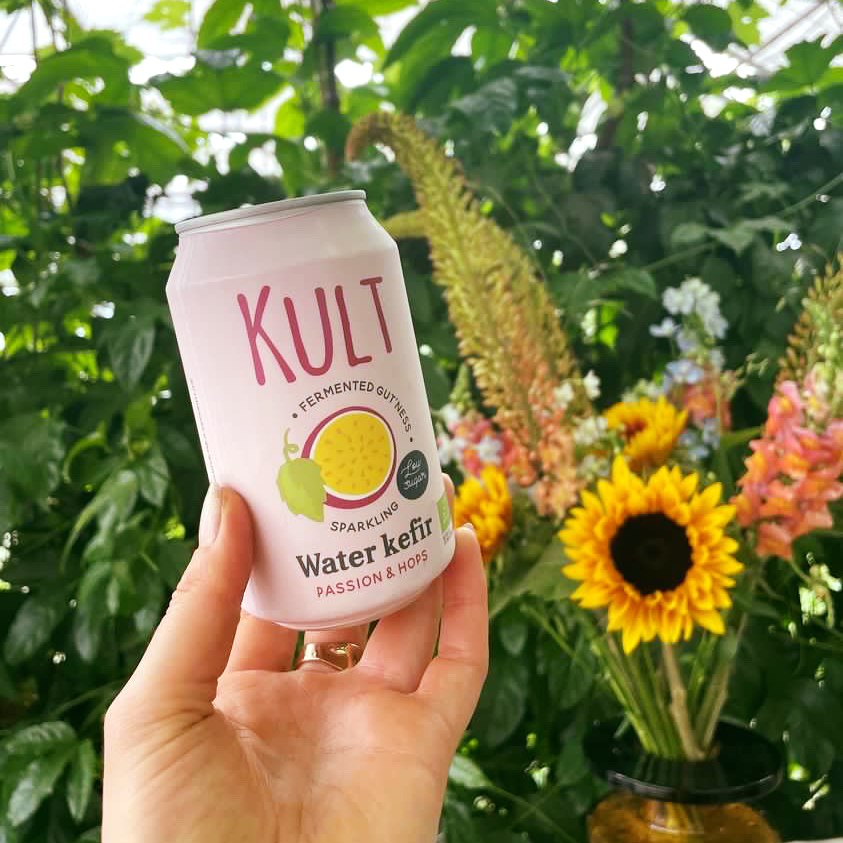
Kult can
Bioengineer Mathilde Riga, the founder of Kult, is on a mission to make fruit kefir, a traditional drink, available to everyone.
Nice pitch, right? Of course, you can make your own at home with kefir balls. But Kult is a bit more sophisticated. Launched in 2020, it could become mainstream and compete with industrial soda brands. That’s because the beverage market currently faces a perfect storm: a huge drop in young adults’ alcohol consumption combined with a vegan, organic, low-sugar, sustainable, and ‘functional’ food trend.
Kult’s taste is fabulous, its freshness is amazing and its low sugar content makes it compatible with most food (most of the sugar used in the fermenting process is transformed into organic acids beneficial for the gut). The cherry on the cake – and the reason Mathilde has taken up her mission – is that it’s healthy! Gluten-free, lactose-free, paleo-compatible and organic, the unpasteurised version in glass bottles entails a lot of probiotics (read: good bacteria and yeast for your gut). Kult is manufactured in Belgium with natural ingredients, without artificial aromas or extracts.
Its alcohol content is less than 0.1%, less than a ripe banana. In other words, it’s much more than a fruity lemonade: it’s a traditional lightly sparkling beverage that results from the fermentation of natural fruit and plants. Most of their fresh juices are cold pressed to retain a maximum of flavour, then they are fermented for two days or so until the taste profile is reached.
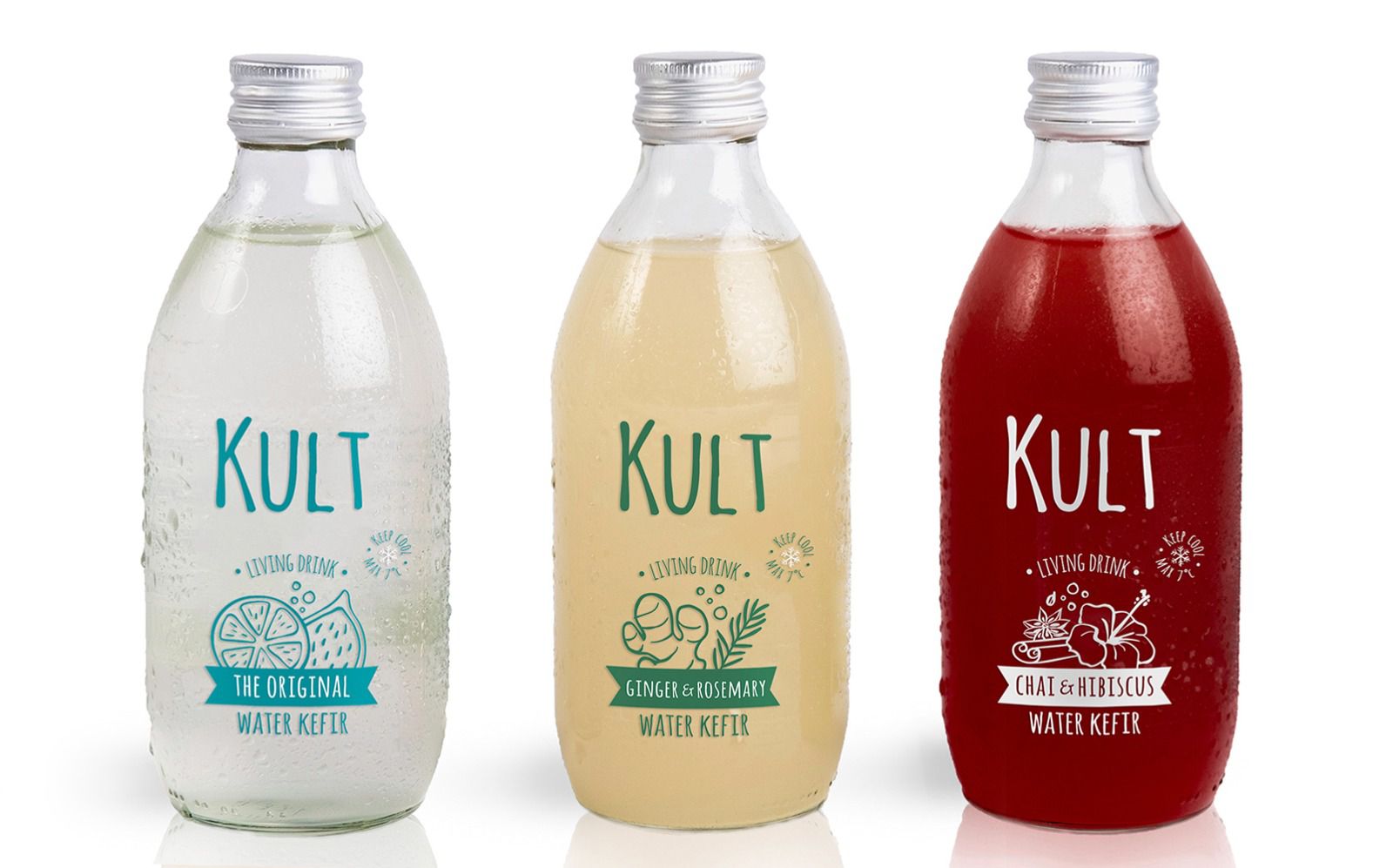
Kult bottles
And what do we have here? The Original, a fruity and very refreshing kefir, slightly acidic and low in sugar to accompany savoury food if you want more than water but no alcohol. Ginger & rosemary has a more powerful taste for more flavoursome food. Chai & hibiscus is well suited for a cold season. Yuzu is the most refreshing of all. And Jasmine & peach is a summer special edition with a very fruity, original taste with a hint of white flower.
These drinks are alive; hence you must keep them in the fridge. You also have three canned versions which are pasteurised, perfect for travelling: a fruity and acidic Passion & hops, a sunny Ginger & lemon, and a citrusy Yuzu & mandarin.
“Our ambition is to become #1 of kefir in Europe,” Riga says. She’s not kidding. On top of her online shop, her products are already available in 700 outlets in Belgium, including Exki, Delitraiteur, Carrefour and Delhaize. Try it and you will understand.
Food
Grey shrimps

Grey shrimps
Known locally as ‘the caviar of the North Sea’, bay shrimps hold a special place in Belgian hearts and stomachs. Tomatoes stuffed with shrimp and shrimp croquettes are undoubtedly the most popular starters in the country. The crevettes grises are mostly fished by boats off Ostend, Zeebrugge and Nieuwpoort and cooked on board with seawater, salt and chicory (to give them this special brownish colour).
Shrimp season is autumn, which is also the best moment to watch shrimp fishermen in action in the Belgian coastal town of Oostduinkerke. For about six centuries, they’ve been dragging their nets through massive waves to catch the revered garnalen.
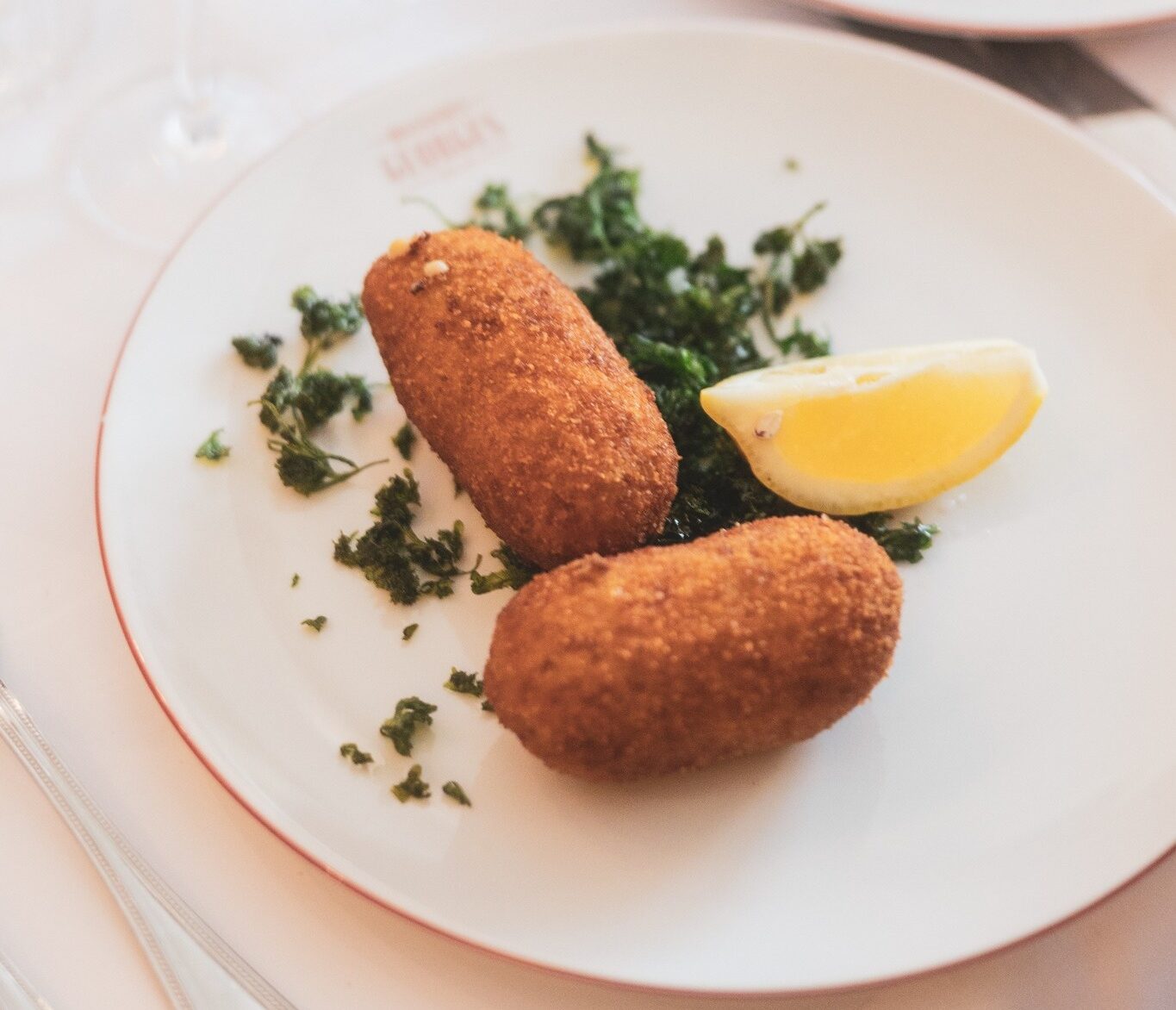
Shrimp croquette
Unfortunately, the reality of labour costs has caught up to the historic tradition, so most of the shrimp you eat in Belgium were peeled in northern Africa. That’s why I suggest you buy fresh shrimp directly from fishmongers, peel them yourself and use the leftover heads and skins to cook your own shrimp bisque.
The best way to try grey shrimp is in classic Belgian dishes. The tomates aux crevettes are stuffed with peeled grey shrimp mixed with mayonnaise. Traditionally served with a simple salad garnish, they can also be enjoyed with more sophisticated vegetables: grated carrots, sprouted seeds, sweetcorn, lamb lettuce and thinly sliced mushroom.
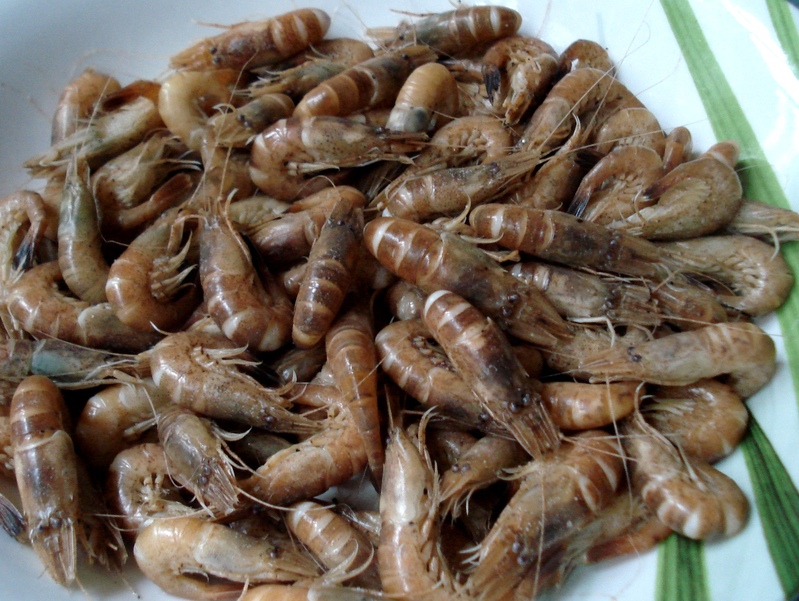
Grey shrimps
Shrimp croquettes, which must be garnished with perfectly crispy fried parsley and a wedge of lemon, are difficult to make at home, but they are also available in most Belgian restaurants. Visit.brussels, the regional tourism office, has even launched an annual competition to identify the best spots to enjoy shrimp croquettes. In 2023, the winner was Brasserie Georges, a renowned art deco brasserie near the Bois de la Cambre at the start of Avenue Winston Churchill.
Grey shrimps can also be eaten as an apéritif – where guests are invited to peel them themselves – with white wine, sparkling wine or, traditionally, a Rodenbach beer. They are also great with boiled potatoes and butter, or in salads and omelettes, on a chicory leaf or simply on a buttered slice of rye bread. A genuine Belgian delicacy.
Café
Le Pain Quotidien
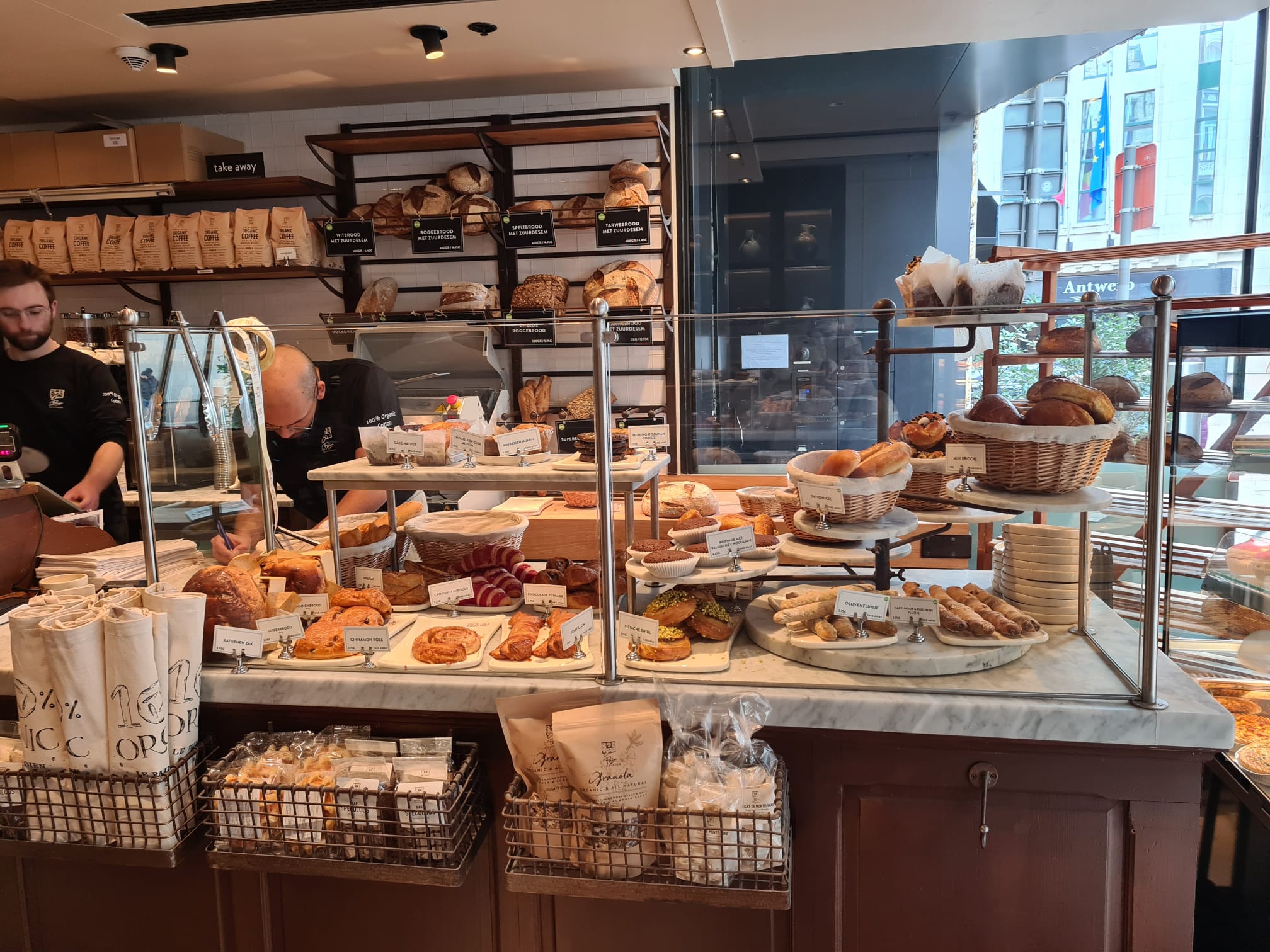
Le Pain Quotidien
Le Pain Quotidien has stuck to its original DNA, 34 years after the opening of its first outlet on Rue Dansaert in Brussels by its founder Alain Coumont.
“Quality, conviviality and healthy food is our DNA,” its CEO Annick Van Overstraeten says. You can also add the iconic long wooden table which remains the brand’s signature. The company has remained competitive in new post-Covid market challenges first and foremost because of its creativity and innovation potential, including its ability to adapt to the local food habits of its 230 outlets in 20 countries.
In Belgium, its 32 outlets all share the same menu, which changes seasonally. Half the menu is all-time dishes and half is suggestions centred around the core products of their bakery and pastry shop.
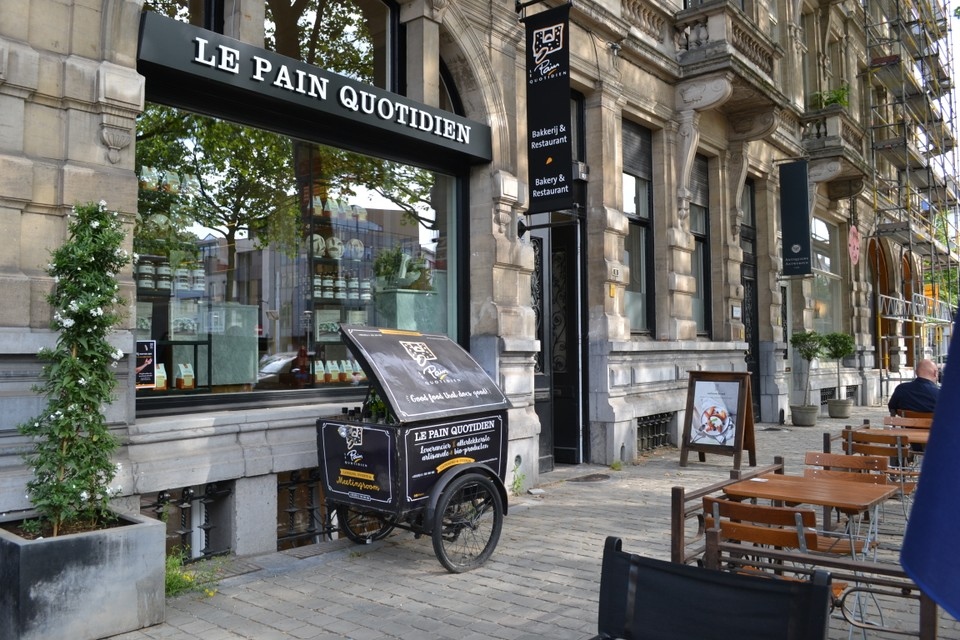
Le Pain Quotidien
Le Pain Quotidien follows the recommendations of EAT’s Planetary Health Diet, which emphasises plants, whole cereals, fruit, nuts and pulses over meat and dairy products. With the help of their nutritionist Lut Van Lierde, their recipes seek to abide by six content criteria regarding plant-based proteins (50% minimum), fibres (>7g), nuts (>5g), fruit/vegetables (>80g), unsaturated fat oils and added sugar (both <10% of calories). Their ‘best choices’ list fulfils at least five out of the six criteria.
Their recipes for brunches, salads, quiches, tartines, spreads and soups are not only healthy but delicious, colourful and creative. Le Pain Quotidien also launches new bakery products: last year, it was an astonishing hemp bread, and this year it’s an incredible fermented rye bread. It was developed in collaboration with Puratos, a Belgian global leader in bakery supplies, and is only available in Le Pain Quotidien outlets.

Le Pain Quotidien
The décor of the cafes is a mixed lot of wood, stone and glass with well-designed lighting for cosiness. It’s perfect for a copious breakfast, a business meeting, a remote work session, a date or simply a relaxing moment with premium quality drinks and food, as well as professional service. Personally, I’ve experienced it since the early nineties and the atmosphere still feels the same. It’s not faked - it’s inimitable.
Restaurant
Plouf
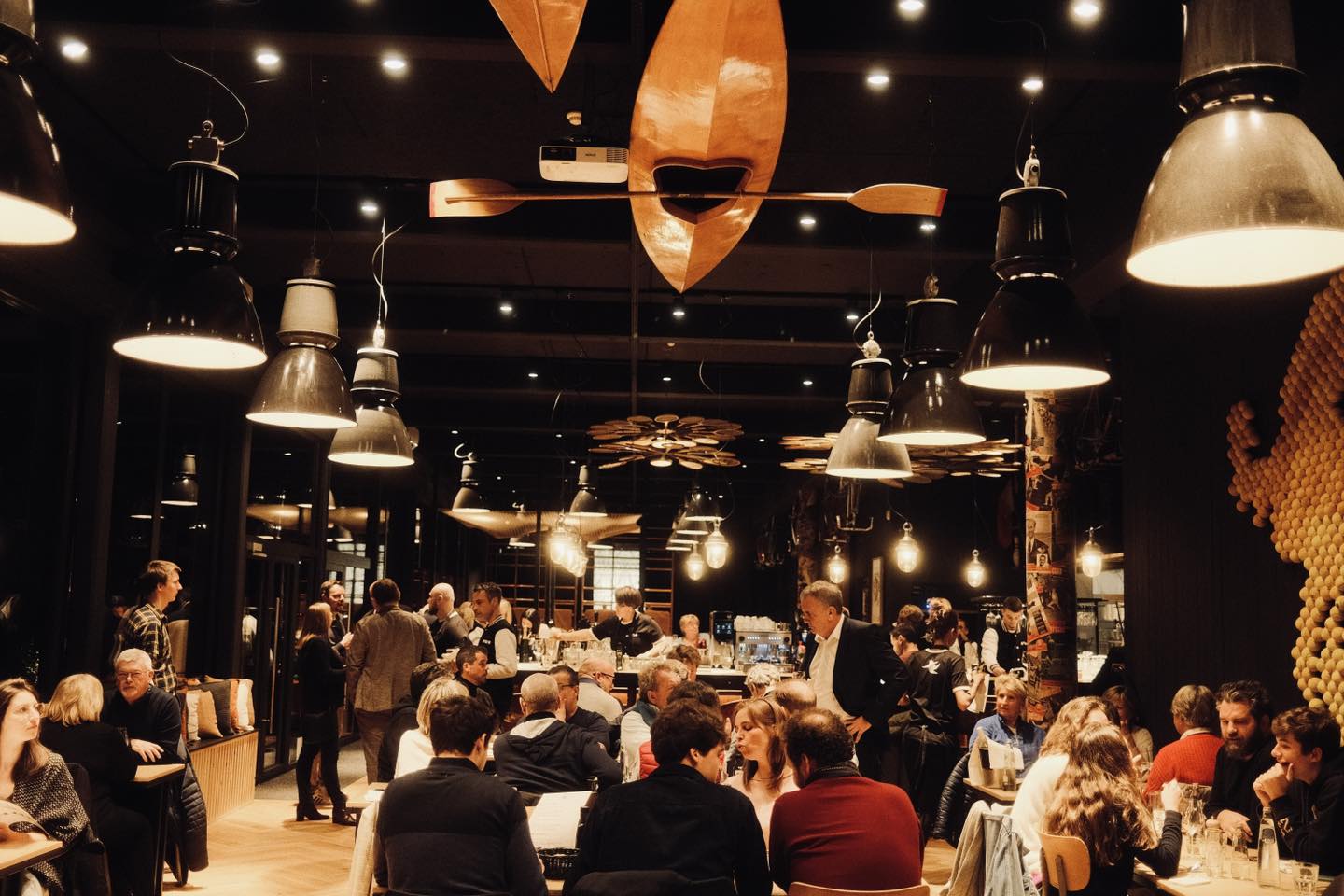
Plouf
Belgians love sports and food. Hence in every club - be it tennis, football or gymnastics – there’s a clubhouse with a restaurant. There is a huge potential to develop good food in such places, which is finally being put into practice at Sportcity, the big Woluwe-Saint-Pierre sports centre.
On the first floor above the swimming pool, the former soulless cafe has become Plouf, a restaurant where you can enjoy great food and wines.
The owners of pasta bistro CoinCoin, who took over the place, left nothing to chance. The sports-based décor is warm, the place feels huge thanks to its very high ceiling. And despite its big screens, like in any clubhouse, you can still have a quiet restaurant dinner.

Plouf restaurant
The floor, tables and chairs are all wood, the waiters have uniforms, and napkins are made of cotton. The terrace, weather permitting, is a real treat with its huge parasols. Prices are not cheap, but the value is worth it thanks to the quality of the supplies and the mastery of the chefs, Matthieu Léonard and Stephan Debruyn.
Foodwise, you can enjoy some dishes to share (cold cuts, cheese platters from €16-23) or small bites such as croquettes (€15-18) or toasties (€10-12). For a proper meal, you can choose between a couple of Belgian specialities (boulettes, vol-au-vent, carbonnades from €18-25), pan-fried meat or fish (€29-34), burgers (€18-23, in two sizes, normal or costaud), salads and a couple of raw meat dishes (beef or fish from €19-29) and pasta also in two sizes (from €16-23). Mussels, in season, are copious (€25 or so). A couple of vegetarian dishes are available. For a sweet treat, opt for a series of delicious classic homemade desserts (€10) or some artisanal ice cream cups from Gaston’s (€11).
The Italian and French (plus one Belgian) wine list is not too big but carefully chosen, including a white Sancerre from Jean-Paul Balland (€39), a great red Loire selection from Sébastien David (€31-58) and the fantastic Epicure from Château Valcombe from Ventoux (€32, already tasted at Au Vieux Saint Martin). You can even drink a 3rd Cru Classé from Bordeaux (Château Lagrange, €76).
Unfortunately, the beer selection is somewhat mainstream, maybe due to its contract with the Duvel-Moortgat brewery. Open 7/7 from 11am, with Baballe open from 9am at weekends, you can eat or drink there anytime, even while the kids have sports practice.

